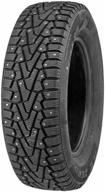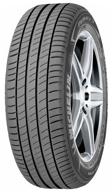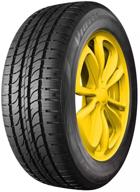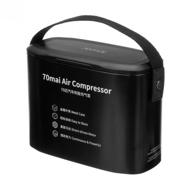
Review on 🔧 GUTA Tire Pressure Monitoring System - 8 Sensors, 7 Alarm Modes, Large Screen: Ensure Safety with Extended Battery Life and Wireless Sensor Pairing - 2021 Update Version by Brandon Reid

Saved us from a bad situation!
That saved me from a bad situation. A low pressure alarm on a small dual carriageway alerted me to a bad valve. I was able to add enough air to get another 1.5 miles to a parking lot where we could have the tire fixed. Without signaling, this would be a much more difficult situation, potentially requiring a new tire. If you're towing, that's only wise. have a monitor - time to see the sensors - YES, it takes some time. I switch on the device and start my checks and/or clutch work. Until I'm ready to go, all measuring devices are displayed to me. - Installation - I wish it was a little easier. I use a back-up pad but to hold the sensor in place which means if I need to adjust the pressure I have to use a tool to remove the sensors and inflate the tire. - Display unit - I have never tried to see it. I charged it with the cable that came with it and didn't have to charge it again as there was enough sun shining through the windshield. 2 times it was on all night and so far the battery has never died before sunrise. In general, this is a useful indication of pressure and temperature. The alarm is what saves you. I don't really need to see the print all the time other than knowing when I have a problem so this works for me! In addition to our valve failure, this alerted us to a slow leak on a trailer tire. I recommend this to everyone I meet who doesn't care about their tires when towing.
- Nothing
New products
Comments (0)
Top products in 🔧 Tires & Wheels Parts
Another interesting products
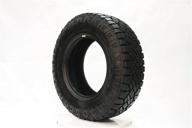
🚀 Enhanced Traction Goodyear Wrangler DuraTrac 265/65R17 All-Season Radial Tire - 112S

28 Review
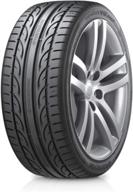
Hankook Ventus V12 evo 2 Summer Radial Tire Review: 255/40R19 93Y

50 Review
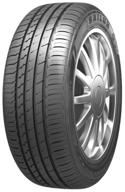
Car tires Sailun Atrezzo Elite 215/55 R17 94V TL

28 Review
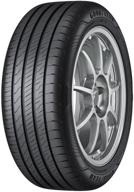
Goodyear EfficientGrip Performance 2 205/55 R16 94W summer

32 Review


